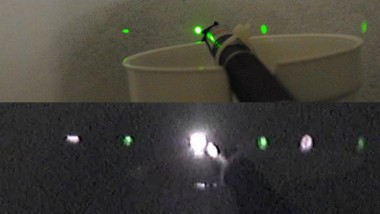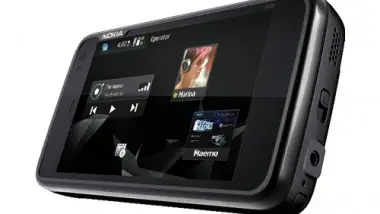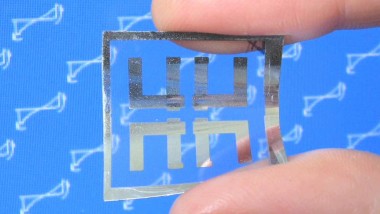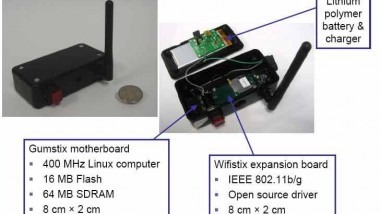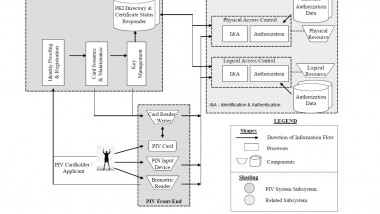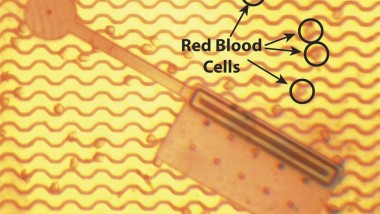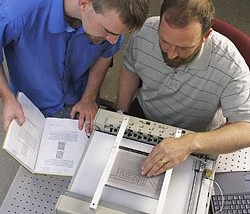Researchers from the U.S. National Institute of Standards and Technology recently presented a newmethod to sort nanoparticles by size. The device used could help future scientists perform complex operations on the nanoscale level. A 3D nanofluidic “staircase” channel with many ...
Beware the Dim Laser Pointer
Scientists from the National Institute of Standards and Technology researched the dangers of using green laser pointers,claimed to cause numerous problems to users who accidentally exposed their eyes directly to the green, focused light. IR leakage: (Top) Photo from an ...
Afghan Language Translation Devices for U.S. Army
Scientists from the National Institute of Standards and Technology have developed an innovative translation system for the U.S. Army, to be used in Afghanistan. Since many American soldiers don’t know the Afghan language, the new development could provide them an ...
Flexible Memristor Chips
Engineers at the National Institute of Standards and Technology (NIST) have developed electronic memory chips that can be bent and twisted without fracture. These flexible chips are fabricated with readily available and relatively inexpensive materials. According to the scientists, not ...
Self Building Wireless Networks
Creating an on-the-fly wireless communications networks is a fundamental element of fire fighting, dealing with hostage situations, and other emergencies. However, it is challenging to assemble such networks without delay and dependably. The National Institute of Standards and Technology (NIST) ...
Better Biometrics
New personal identification verification (PIV) cards that offer improved protection from identity theft meet the standard accuracy criteria for federal identification cards according to researchers at the National Institute of Standards and Technology (NIST). By fall, most federal employees and ...
Nanosoccer – a Match under the Microscope
Hosted by the National Institute of Standards and Technology (NIST), the second Nanosoccer tournament is currently underway at the Carnegie Science Center in Pittsburgh. This year, only three teams are competing in the 2008 U.S. “RoboCup Open”, in which miniature ...
Helping the Blind See Electronic Images
The U.S. National Institute of Standards and Technology (NIST) has been developing (and licensing) two novel technologies that may help bring to the market affordable graphic reading systems for the blind and visually impaired. The two systems bring electronic images ...

